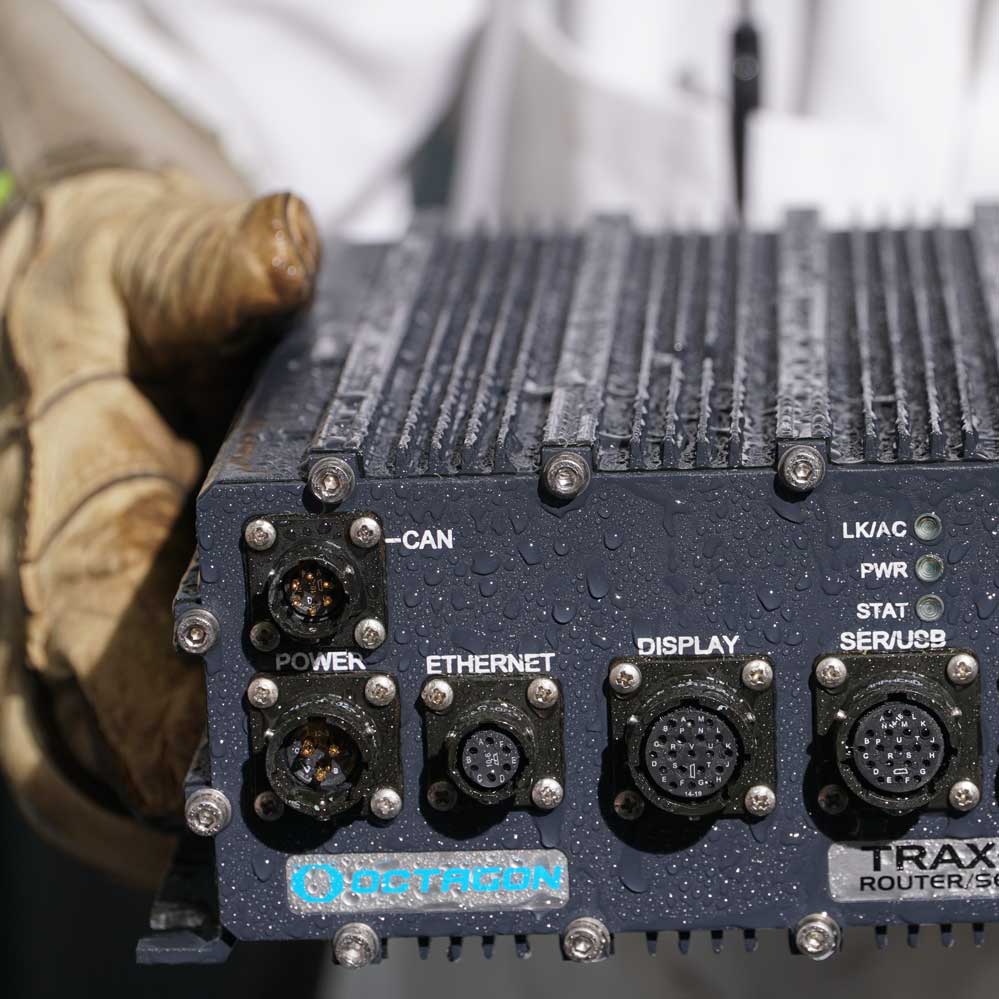At ESL Labs, we provide comprehensive climatic testing services designed to simulate a wide range of extreme conditions.



We can take your product from the hot, humid conditions of the Tropics to the cold dry conditions of the Arctic in seconds. We can tell you how well it will survive a driving rainstorm, an ice storm or the effects of blazing sunshine.
Whether you're testing for temperature extremes, humidity, or environmental stress, our environmental testing lab is equipped to provide accurate and reliable results.
Key Climatic Testing Capabilities
Temperature Testing:
- Chambers in sizes from 1 to 23 m3 (35 to 812 ft3)
- Temperatures from -73°C to +200°C (-100°F to 392°F)
- Change rates to over 10°C / min (18°F/min)
Thermal Shock Testing:
- Two zone vertical transfer up to 0.6 m3 (21 ft3)
- -65 C to 150 C (-85°F to 302°F) in seconds
- Larger items by 2-chamber method
Sand & Dust Testing:
- Blowing MIL-STD-810, Method 510, Proc 1
- Settling Dust per SAE J1459
Rain / Water Tightness Testing:
- Driving rain to 50 cm/hr (19.6 in/hr) with up to 125 km/hr (78 mi/hr) wind over a 1.2 x 1.2 m (3.9 x 3.9 ft) area
Icing / Freezing Rain Testing:
- MIL-STD-810G, Method 521
- Up to 2 x 2 m (6.5 x 6.5 ft) test area
MIL-STD-810E Drip method
- Immersion up to 9150 m (30,000 ft)
- Various spray or soak methods
- Including steam cleaning & pressure washing
Solar Radiation Testing:
- MIL-STD-810F, Method 505
- Approximately 3.3 m2 (36 ft2) at 1120 W/m2 (355 Btu/ft2/hr), using up to 6 ARRI Lamp System
Why Choose ESL Labs for Your Climatic Testing Needs?
Expertise
Our team specializes in EMI/EMC testing and a wide range of environmental testing services, offering accurate simulations of real-world conditions.
State-of-the-art Testing Chambers
Our environmental test chambers are designed to meet the most stringent industry standards, ensuring reliable results.
Comprehensive Testing Options
From extreme temperatures to humidity, dust, rain, and solar exposure, our testing lab covers it all.
Contact Us Today for Your Climatic Testing Needs
As one of the leading environmental testing companies, ESL Labs is here to help you ensure that your products meet the highest standards. Contact us for a consultation and let us assist you in preparing your products for the toughest environments.
Climatic Testing Facts
Climatic testing provides manufacturers with an accurate understanding of how their products will perform in diverse and extreme environments.
Besides the main climatic tests (temperature & humidity, corrosive atmosphere, and sand & dust), climatic testing also includes wind & rain, hail impact, solar radiation, and altitude.
Climatic testing is crucial in assessing the operational, transport, and storage durability of products. By simulating real-world conditions, we help ensure that your product is ready to withstand the challenges it may face in the field, no matter the environment.


 Ready to test your limits? Email us, give us a call at 902-464-9220, or visit us.
Ready to test your limits? Email us, give us a call at 902-464-9220, or visit us.